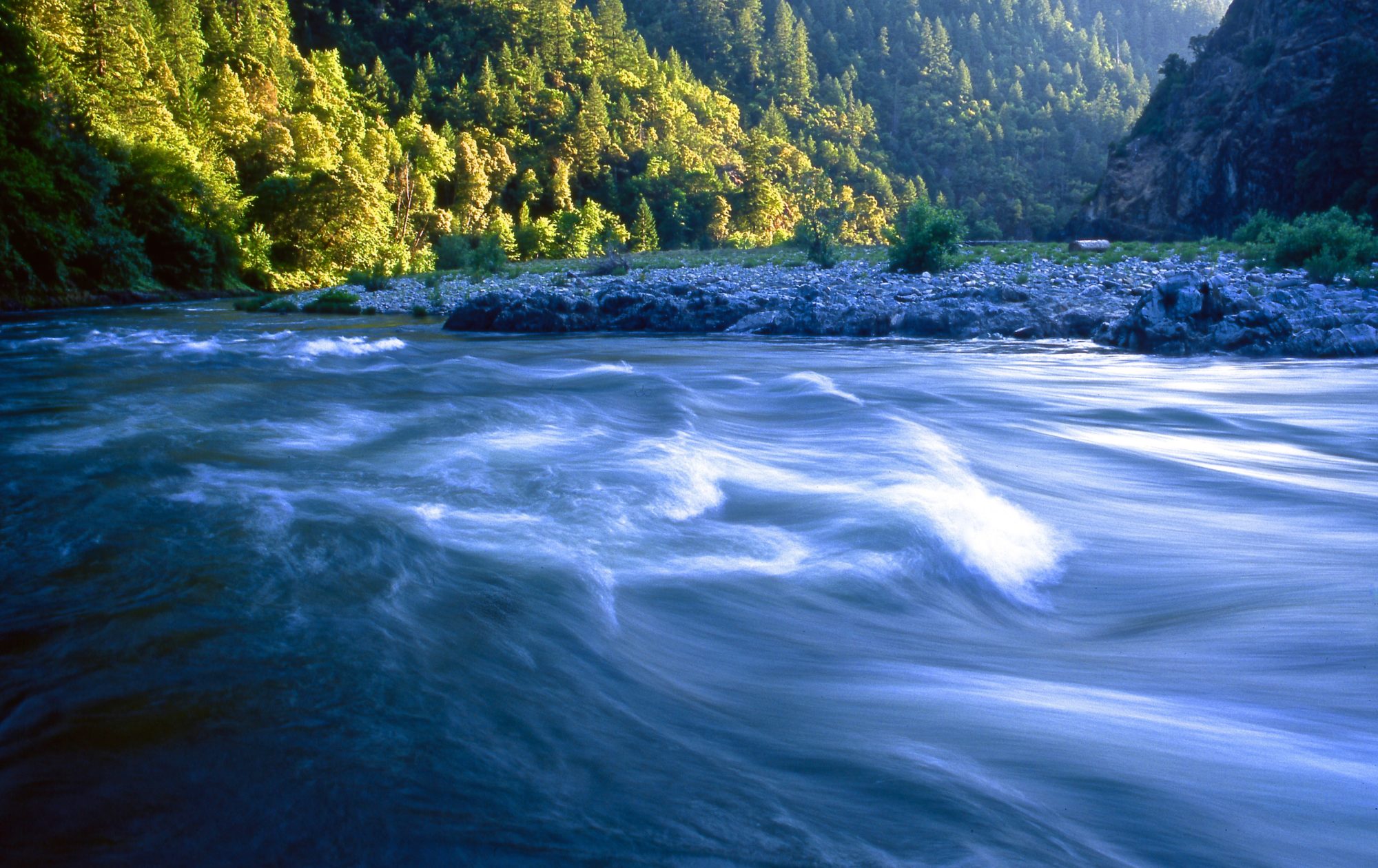The Kalmiopsis Audubon Society has a long history of preserving the uniquely intact old growth of the Elk River Watershed.

With some the most intact old growth forest remaining on Oregon’s Coast, the watershed of the Elk River has clean, cold water, excellent salmon habitat, and is a stronghold for birds and animals that depend on mature forest habitat. The Elk is a National Wild and Scenic River and an Oregon State Scenic Waterway.
Kalmiopsis Audubon’s connection to Elk River goes back to our founding, when renowned forester-turned environmentalist, Jim Rogers, realized the Elk’s old-growth forests—some of the last standing in the Coast Range—were slated for logging. After the local plywood mill closed, Jim and other KAS founders launched the campaign to protect Grassy Knob Wilderness, which was designated in 1984. In the 1990s Jim started Friends of Elk River (FOER) to focus on protecting Elk River’s steep terrain and old-growth forests from logging. Through the 2000s, Kalmiopsis Audubon worked with FOER and Trout Unlimited on the campaign to protect Copper Salmon Wilderness, designated in 2009, to protect Elk River’s North Fork from logging. And through the 2010s, KAS worked to add protections for tributaries on the south side of Elk River; these were designated as “Wild and Scenic” as part of the Oregon Wildlands Act in 2019.
Elk River is a stronghold for threatened Marbled Murrelets. KAS now carries on the tradition of surveying Elk River for Marbled Murrelets, started by Jim Rogers and Friends of Elk River, to assure that local populations are properly accounted for and to expand awareness of this unique seabird in our local community. We also worked to establish the Elk River Marbled Murrelet Important Bird Area in 2016, now globally recognized for its extraordinary habitat values! We continue to monitor for appropriate forest management.

In addition, we also advocate to restore Elk River’s native fall Chinook population, deemed the only “non-viable” Chinook run on Oregon’s Coast by Oregon Department of Fish and Wildlife (ODFW) in 2013. ODFW attributed the problem to two limiting factors –a lack of adequate summer rearing habitat in the estuary and too-many hatchery fish spawning on natural spawning grounds, which is known to result in introgression and reduced genetic fitness that ultimately depresses the productivity of the wild fish (“Productivity” means the ability to reproduce successfully). Given Elk River’s outstanding and intact salmon spawning habitat, the poor condition of our native fall Chinook run is alarming. KAS has served as a stakeholder participating in ODFW’s fishery management planning and has closely tracked ODFW’s efforts with Elk River fall Chinook, emphasizing the need to take meaningful action to rectify the troubling situation.

